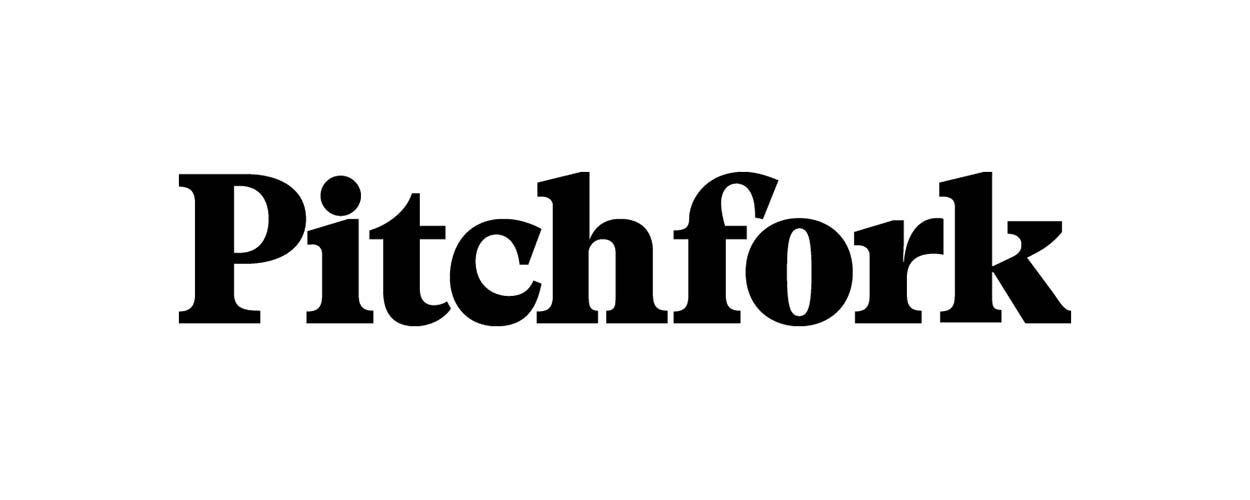This website uses cookies so that we can provide you with the best user experience possible. Cookie information is stored in your browser and performs functions such as recognising you when you return to our website and helping our team to understand which sections of the website you find most interesting and useful.
Business News Media
Pitchfork will add a paywall this year
By Chris Cooke | Published on Thursday 24 January 2019

Ah, making money out of journalism in the digital age. That’s a tricky business isn’t it? I mean, if it was a simple thing to do, I wouldn’t be sitting here writing this story under a bus shelter in Croydon on an Etch A Sketch.
But good news everybody! Optimists in the world of magazines are hoping that the world is finally ready for paywalls around the written word, and to that end magazine publisher Condé Naste has got the builders in constructing various assorted paywalls around every one of its US-based sites.
In a memo to staff, Condé Naste boss Bob Sauerberg confirmed that paywalls would be added to all of the company’s American websites by the end of the year, the publisher having first dabbled with online subscriptions in 2014 on The New Yorker, then adding limits on freebie readers of Wired and Vanity Fair last year.
“This is the next phase of a strategy that was implemented with the launch of the paywall at The New Yorker in 2014”, Sauerberg confirmed. “Since then, audiences at The New Yorker, Wired and Vanity Fair have proven that they are willing to pay for the quality content we create, and the performance of those paywalls has exceeded our expectations”.
Some traditional newspaper and magazine publishers tried out paywalls in the early days of the world wide web, but – except for more business-centric titles – in the main people seemed unwilling to pay to access journalism online. So most publishers instead opted for an ad-funded free content model, hoping that if they could build big enough audiences around that content, when internet advertising finally took off they’d be quids in.
What no one foresaw was that, when internet advertising did indeed take off, Google and Facebook would gobble up most of the money as brands sought to push their products through search lists and social feeds rather than the online versions of traditional media. All of which has led to newspaper and magazine owners looking for other revenue streams, including branded and sponsored content, and adding e-commerce buttons alongside articles.
In more recent years we’ve seen broadsheet newspapers in particular dabbling again with subscriptions and paywalls. The hope was that platforms like Netflix and Spotify had convinced consumers that online content is something you might actually pay for, and that those newly educated consumers might then be persuaded to pay to access the kind of long-form journalism that isn’t quite so ubiquitously available everywhere on the internet.
Some broadsheet newspapers have had some success with this more recent move into paid-for content online, leading to some magazines – especially those with more long-form articles like The New Yorker – following suit.
Still, questions remain as to whether paywalls can really work for all newspapers and magazines or only a select few. Certainly on the newspaper side, it is broadsheets that have had some success in this domain. When The Sun put up a paywall around all its tabloid nonsense, it was a commercial disaster. Which means opinion is divided as to quite how wide a range of magazines could successfully go the online subscriptions route.
Condé Nast’s plan is interesting from a music perspective because it owns music site Pitchfork. The media firm has said that paywall policies will be developed on a site-by-site basis. Which means that quite how much content can be accessed before payment is required will vary according to audience and the kind of content being published. And tweaks can be made depending on how people then respond.
Music media owners the world over will be watching with interest how the Pitchfork paywall works, what kind of music content Condé Nast reckons it can restrict to paying users only, and what impact all that has on the site’s traffic and revenues.
The paywalls-for-all strategy at Condé Naste follows the recent news that Pitchfork’s founder and former CEO and Editor In Chief, Ryan Schreiber, was departing the company. He said that after more than two decades working on the music site “the time feels right” to leave and “I’m excited to open a new chapter in my life and explore fresh challenges”.





